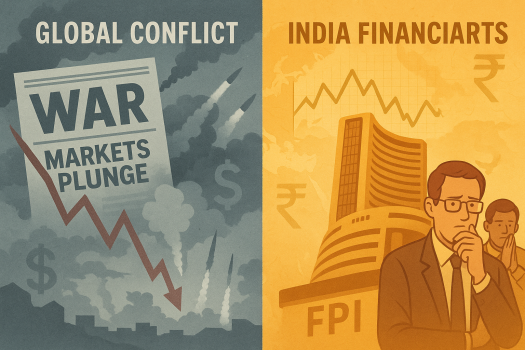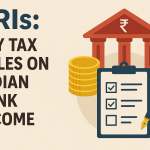Blog Post

Posted on June 20, 2025

Foreign Portfolio Investors (FPIs) have become increasingly cautious about India’s outlook in 2025, with global conflicts and geopolitical tensions playing a significant role in shaping sentiment and investment flows.
Key Drivers of FPI Caution
Recent Market Dynamics
Broader Context and Medium-Term Outlook
| Factor | Impact on FPI Sentiment | Evidence/Context |
|---|---|---|
| Geopolitical conflicts | Increased caution, volatility | India-Pakistan tensions, global crises |
| Interest rate uncertainty | Reduced attractiveness | US/Europe rate outlooks, rupee risk |
| Global risk-off sentiment | Shift to safer assets | Erratic FPI flows, sell-offs |
| Currency/commodity risks | Eroded returns, repatriation risk | Oil prices, rupee slide |
| IPO market slowdown | Fewer opportunities | Overvaluation, weak post-listing performance |
| Macro fundamentals | Underlying optimism | Strong GDP growth, domestic resilience |
| Regional conflict resilience | Short-lived market impact | Historical market reactions |
While India’s long-term economic story remains compelling, global conflicts and heightened geopolitical risks have tempered FPI optimism in 2025. The outlook is characterized by cautious confidence: FPIs are wary of short-term shocks but recognize India’s structural strengths and resilience. Unless global or regional tensions escalate dramatically, India is likely to retain its appeal as a key emerging market destination, even if FPI flows remain volatile in the near term.
Ref: Emerging markets outlook: FPI flows, indian market resilience, and shifting global dynamics

GST to Change the Face of Warehousing

Cases when ITC is not available under GST

GSTR 9C – Part II

GST Audit/Reconciliation and Certification (Form GSTR-9C)

Taxation: History of Goods and Service Tax for India

Taxation of Indian Bank Account Income for NRIs: Key Rules and Guidelines

GSTR 9C – Part III

Aten Papers & Foam IPO Day 1: Check subscription status and other details

How your small pie of Tax builds the entire nation.

Brookfield-Backed CleanMax Set for ₹4,000–5,000 Crore Confidential IPO
Comments